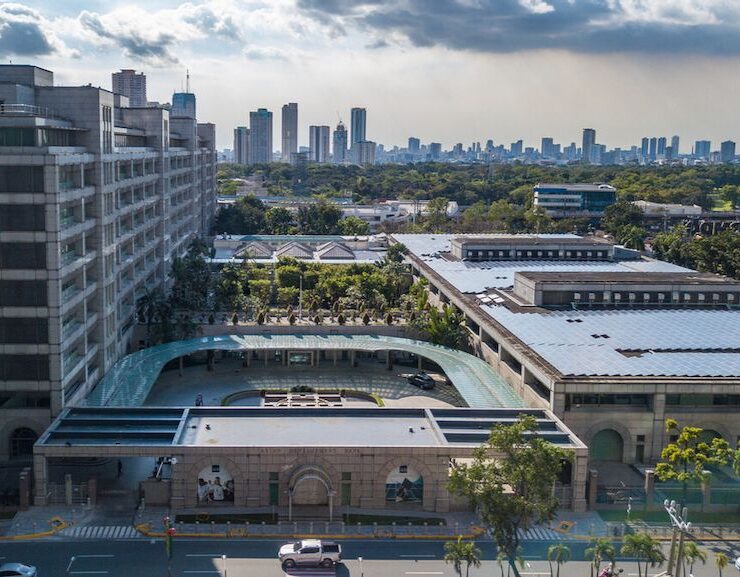Metrobank bottom line leaps to record P48.1B

Metropolitan Bank and Trust Co. (Metrobank) saw its 2024 earnings jump by 14 percent to a record P48.1 billion as its loan book expanded after the beginning of a monetary policy easing cycle.
In a stock exchange filing on Thursday, the Ty family-led bank said its net interest income climbed by 8.7 percent to P114.1 billion as gross loans expanded by 17 percent.
Commercial loans rose by 17.7 percent on increased corporate capital spending, while consumer loans grew by 14.4 percent due to higher credit card receivables and auto loans.
The nonperforming loans ratio, which measures a bank’s asset quality, improved to 1.43 percent from 1.69 percent in 2023.
This slashed Metrobank’s loan provisions, or funds used to cover losses from loans that may default, by 29.2 percent.
“This positive momentum and our strong balance sheet set us up very well to continuously meet the growing needs of our clients and to pursue our medium-term strategies,” Metrobank president Fabian Dee said in a statement.
Fee and trust income rose by 10 percent to P18.1 billion, buoyed by growth in the consumer business.
Gains and costs
Trading and foreign exchange gains likewise surged by 39 percent to P5.6 billion. Total deposits grew by 8 percent to P2.6 trillion. Low-cost current and savings accounts accounted for 57.8 percent.
At the same time, operating costs rose by 11 percent to P77.2 billion, mostly due to transaction-related taxes as well as manpower, technology and marketing costs.
Metrobank’s financial performance translated to a return on equity of 13 percent, up from 12.5 percent previously.
As of end-December, total assets of the country’s fourth-largest bank stood at P3.52 trillion, while total equity was at P385.5 billion.
Metrobank’s record-high performance came as the Bangko Sentral ng Pilipinas (BSP) began its easing cycle last year.
In 2024, the BSP reduced the rate for overnight borrowing by a total of 50 basis points to 5.75 percent. Rate cuts typically result in the expansion of banks’ loan books, as it reduces borrowing costs.





















